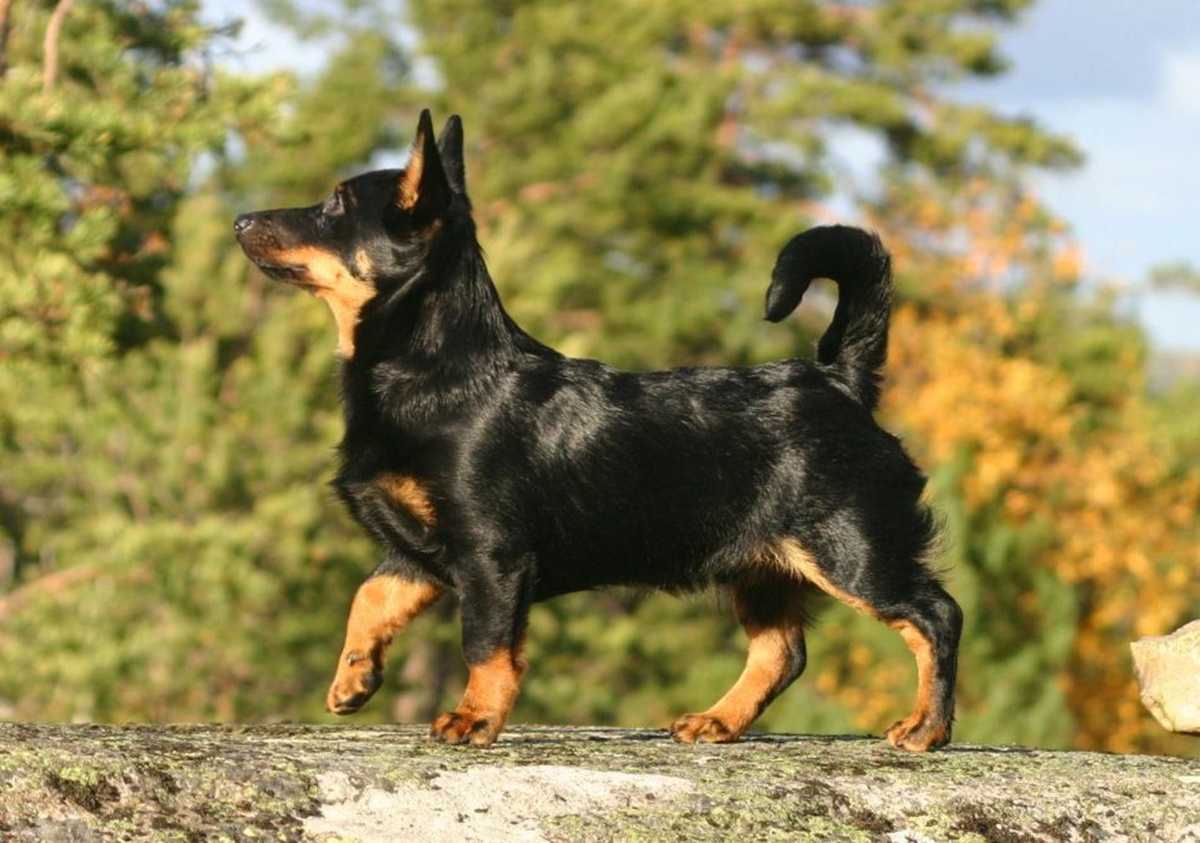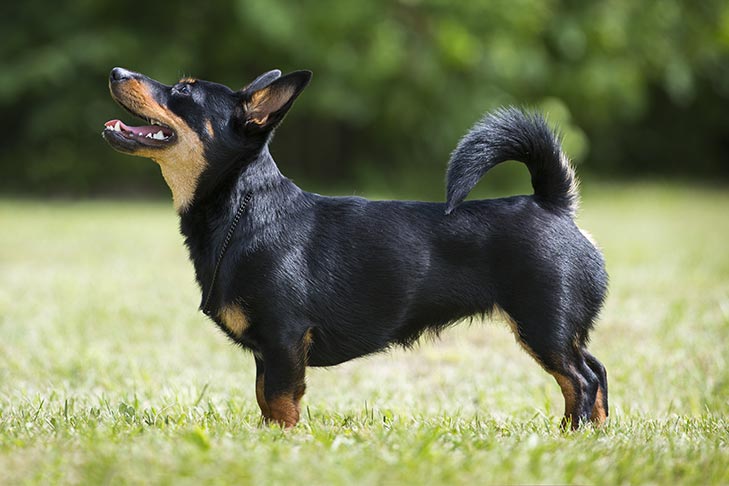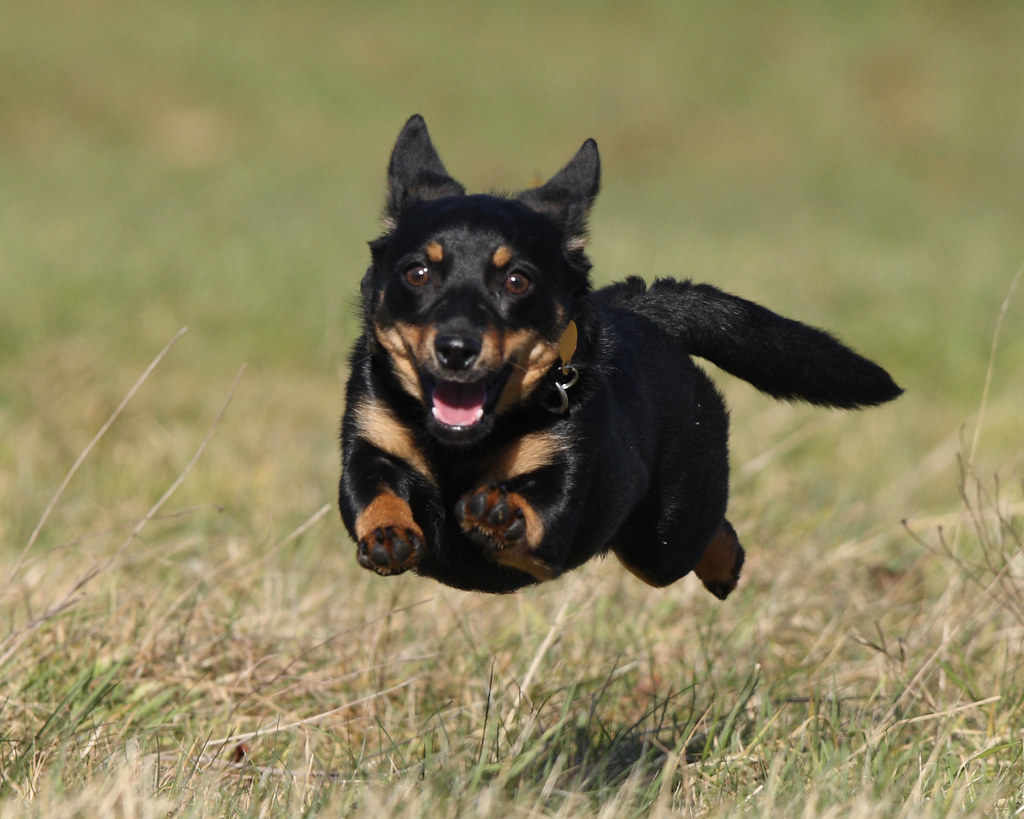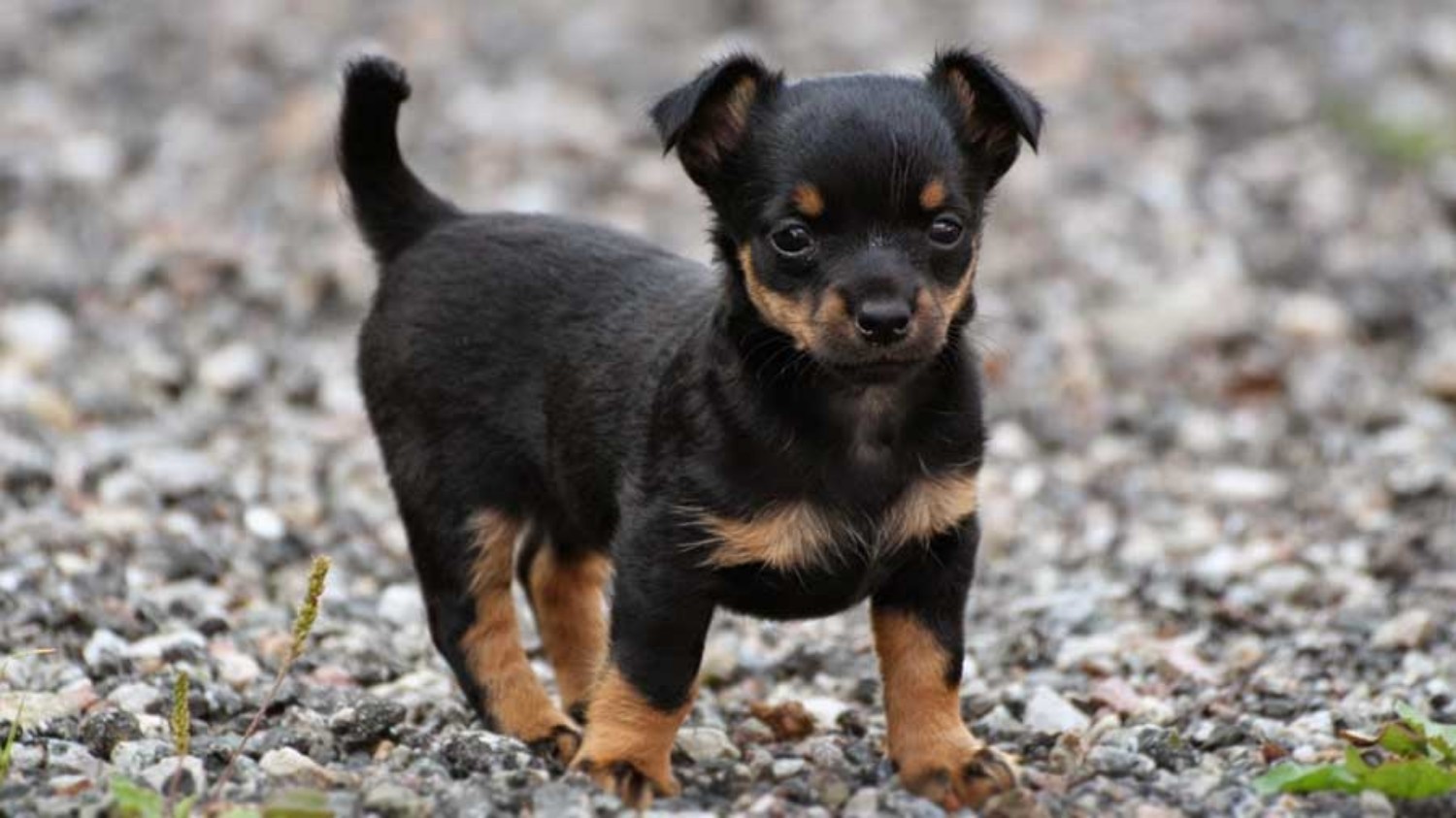
Lancashire Heeler | History, Characteristics & Basic Health
Lancashire Heeler, Originally bred on the farms in and around the Ormskirk area of Lancashire, which is where it’s another name of ‘The Ormskirk Terrier’ comes from. The Lancashire Heeler was a multi-purpose farming workmate.

Lancashire Heeler Dog History
They’re very agile and versatile, one moment helping the farmer in the movement of cattle in tight, confined spaces, the next keeping the vermin population down around the outbuildings – which is how it also earned the breed the nickname of the ‘Nip and Duck dog’.
They were and are highly prized family members and to be given the gift of a Lancashire Heeler was a high honor indeed. No one is sure how the Heeler has been around but they aren’t a modern breed. In the late 1970s, a group of devoted owners came together and formed.
The Lancashire Heeler Club to protect and promote these stocky little Northern workmen, which were fast declining in numbers as the farming community faced mechanical modernization.
Today they are classified as a Vulnerable Native British Breed, their numbers still relatively small.
Characteristics Of Lancashire Heeler

The Lancashire Heeler is the smallest recognized member of the Pastoral Breeds and the smallest of any of the working/herding breeds. Don’t be fooled by its, small size, there’s an awful lot of dog packed into that small frame.
A little larger than the average Jack Russell, they are thought to have derived from a cross between a Manchester Terrier and a Corgi. They have the best traits of both breeds – and some of their less desirable traits as well.
With a strong personality, they need a firm hand to keep their natural exuberance in check. Being a natural lover of children and other small creatures, they’ll fit well into most families although they can develop strong dislikes to dogs that don’t share their home and do remember their vermin catching ability – keep the guinea pig secure!
Loving and devoted to their owners in the extreme, never having a ‘bad hair’ day, always game for a walk or a snuggle on the sofa, they can also be very stubborn and very vocal.
Most owners will tell you that the Heeler makes a very efficient hot water bottle on a cold winter’s night.
Health Of Lancashire Heeler
In 2009, with the advent of a DNA test, there became a way to combat the one health issue that plagued this breed, Primary Lens Luxation or PLL.

Research disclosed that the problem wasn’t as prevalent as was first feared and in just 1 year the condition is fairly well contained and well on the way to being bred out. New dog owners MUST check that both parents and their new pup have been DNA tested and eye screened.
Reports of other eye problems have been few and far between but are none the less being researched.
Overall, the Lancashire Heeler is a hardy little breed, happy with baking hot summer days or freezing winter snow – you’ll find them out enjoying both. As with most small breeds, a slipping patella can sometimes occur and in later life, a metabolic problem might arise, but that is more the exception than the rule.
They require very little in the way of daily upkeep and if fed properly and given the right exercise should live to 16 years old or longer. Take on a Heeler and you’re in for a long and happy life together.
